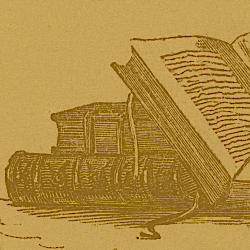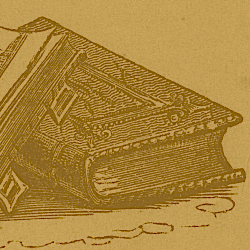As Light Dissolves
“There is no fear in love; but perfect love casteth out fear.” I John 4: 7. As light dissolves the shadow’s sway So love drives out all fear. The night retreats before the day, As love turns hate to cheer. The army of advancing love Fools night without deceit No raptor strikes; instead a dove…



